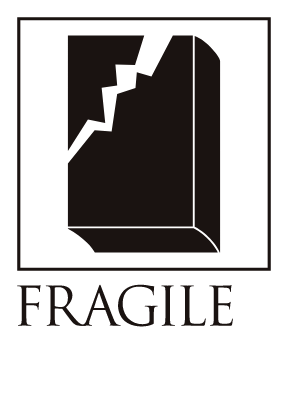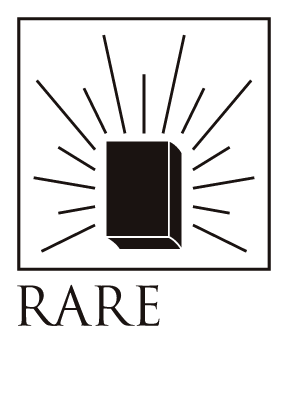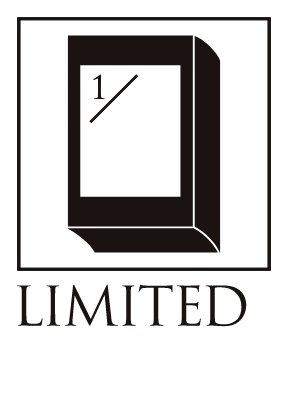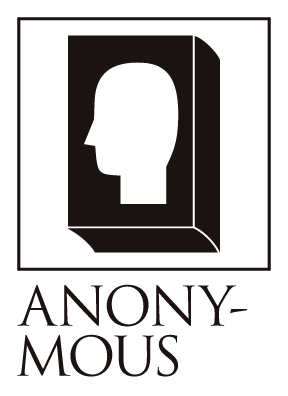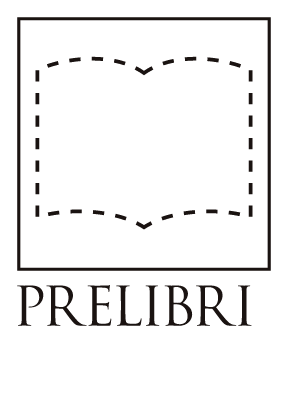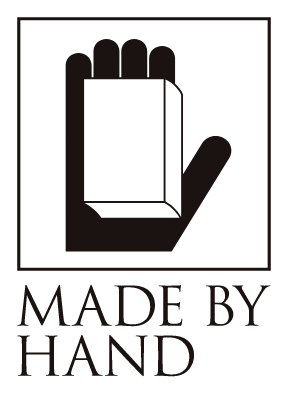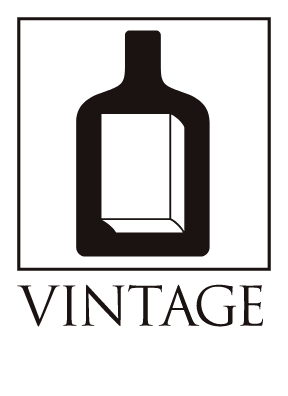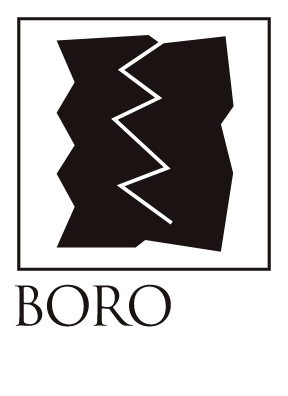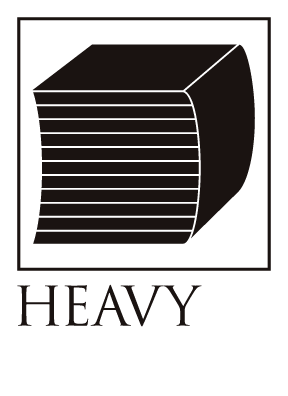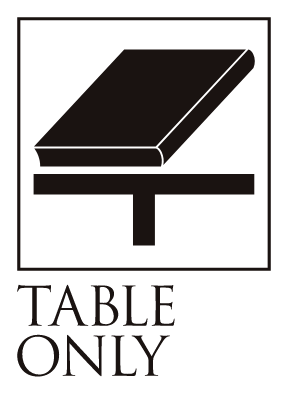Flat-woven sample book / Okujun
Bibliographic Details
- Title
- Hiraori no mihoncyo / 平織の見本帖
- Author
- Ando Takehito / 安藤健人(奥順株式会社)
- Designer
- Nobuhiro Yamaguchi + Ippei Tamai / 山口信博+玉井一平
- Director
- AD: Nobuhiro Yamaguchi / 山口信博
- Publisher
- Okujun Co. Ltd / 奥順株式会社
- Year
- 2025
- Size
- h246mm × w240.5mm × d61mm(Sleeve case) h240mm × w240mm × d59mm(Book)
- Weight
- 1710g
- Pages
- 32
- Language
- Japanese / 日本語
- Binding
- Shinohara Shiko Ltd., Bookbinding design: Tatsuhiko Niijima(Shinohara Shiko Ltd.) / 有限会社篠原紙工、造本設計:新島龍彦(有限会社篠原紙工)
- Printing
- NIKKENBIJUTSU Inc. / 日研美術株式会社
- Materials
- Cover Paper: ARAVEAL-FS, White, Kikuban 62.5kg, Board Material (Inner Core): NPCC #42, Title Label Paper: KIHOUSHI U-FS, Medium Rough, K-size, 147.5kg, Text Paper: KIHOUSHI U-FS, Medium Rough, K-size, 201.5kg & ARAVEAL-FS, White, Kikuban, 62.5kg, Sleeve Paper: Wild-FS, White, 720×1020mm, 624kg / 表紙用紙:アラベール-FS・ホワイト・菊判T目62.5kg、芯材:NPCC#42、題箋用紙:気包紙U-FS・ミディアムラフ・K判T目147.5kg、本文用紙:気包紙U-FS・ミディアムラフ・K判T目201.5kg、アラベール-FS・ホワイト・菊判T目62.5kg、スリーブ用紙:ワイルド-FS・ホワイト・720×1020mmT目624kg
- Edition
- Limited edition of 10 copies / 限定10部
- Condition
- New
発行人:奥澤順之、 特別協力:古裂ギャラリーおおたに、古裂古美術 蓮、小島古道具、古民藝もりた、松井商店、宮﨑千佐子 / Publisher: Yoriyuki Okuzawa (Okujun Co., Ltd.), Special thanks: Furugire Gallery Ohtani, Kogire Kobijutsu Ren , Kojima Furudougu, morita antiques, Matsui Shouten, Chisako Miyazaki
What is Yūki Tsumugi?
Searching for the answer
A sample book with old fabrics pasted on it.
This special edition, of which only 10 copies are available, is a compilation of a collection of antique fabrics collected by Okujun, a wholesaler of Yūki Tsumugi. It has been carefully hand-bound and pasted with scraps of fabric that will give you clues as to what Yūki Tsumugi is and what plain weaving is.
-
Message from the author
I have been collecting old fabrics little by little. I originally bought them as references for designs, but some of them I simply bought because I was attracted to them. There are many "tsumugi" and "momen" fabrics from the Edo to Meiji periods, but there are also cotton fabrics that were used for everyday life in the Showa period.
It's no coincidence that most of the fabrics are plain weave. The Yūki Tsumugi we deal with on a daily basis is plain weave. We create the designs but leave the manufacturing to the artisans, but when we talk to the artisans, we are overwhelmed by the difference in resolution. We are reminded of how little we know about Yūki Tsumugi, even though we deal with it every day.
Perhaps it was because of this frustration, but at some point I began to constantly wonder what exactly this "Yūki Tsumugi" I was dealing with was. In my everyday life, whether at home or out and about, I would touch any "fabric" I happened to come across, and before I knew it, it had become a habit to compare it to "Yūki Tsumugi." In particular, when I was looking at old fabrics, I would be captivated by the "assembly of the threads" and the "density of the weave," and before I knew it, I would be thinking of modern-day Yūki Tsumugi.
This sample book is a collection of old fabrics that I have collected over the years. The title "Plain Weave Sample Book" was a last resort to bring together all the disorganized old fabrics, but it also came about because I realized that the characteristics of plain weave are the most appropriate words to describe Yūki Tsumugi.
In English-speaking countries, plain weave is called "plain weave." Plain means simple, modest, modest, thorough, clear, and easy to understand, and the characteristics of plain weave are the most appropriate word to describe Yūki Tsumugi.
This sample book has only one scrap of Yuki Tsumugi pasted on it. Throughout the book, I have selected only fabrics that answer the question, "What is Yūki Tsumugi?" Most of the fabrics are unnamed, and none of them are currently being made.
Yūki Tsumugi has survived without changing its shape. What did Yūki Tsumugi choose, and what did it leave behind? By placing it among the many other fabrics that were not preserved, I felt as if the outline of Yūki Tsumugi was gradually becoming clear.
This book was created after designer Nobuhiro Yamaguchi suggested to me, "Why don't you make a sample book?" We asked bookbinder Tatsuhiko Niijima to handle the bookbinding design and binding. We would like to express our deepest gratitude to him.
Text by Takehito Ando (Okujun Co., Ltd.)
-
*About Yūki Tsumugi
Yūki Tsumugi is a representative Japanese silk fabric, with many ancient techniques inherited from spinning to weaving. Its greatest feature is the soft, airy thread that is spun by hand from silk floss. It is produced mainly in the Kinugawa River basin that runs through the Kanto Plain, from Yūki City, Ibaraki Prefecture to Oyama City, Tochigi Prefecture. It was designated an Important Intangible Cultural Property in 1956, and registered as a UNESCO Intangible Cultural Heritage in 2010 (the three processes of "spinning," "tying the kasuri pattern," and "weaving the jiba").
*About Plain Weave
Plain weave is the simplest structure for creating woven fabrics. Yūki Tsumugi has been made with just that one structure. The warp and weft threads cross horizontally and vertically, overlapping one another. When comparing various plain weave fabrics, we see that plain weave is not a single structure, but that there are countless options. Among those countless options, Yūki Tsumugi has chosen the form of Yūki Tsumugi and realized that it is what it has been striving for.
◉ About the price
Price: 78,000 yen (85,800 yen including tax)
Number of copies: Limited to 10 numbered copies
Issue date: May 15, 2025
◉About the Exhibition
Okujun/Yūki Tsumugi Exhibition "Plain Weave Sample Book"
Venue: Daikanyama Hillside Terrace Building E Lobby
Period: May 15th (Thu) - 18th (Sun), 2025
◉About serial numbers
Please note that customers purchasing online cannot specify a number.
◉Delivery Information
After the exhibition, we plan to start shipping them from early June.
-
Publisher
Okujun
Founded in 1907 (Meiji 40), this manufacturing wholesaler is responsible for designing, placing orders with weavers, purchasing goods, and distribution in the production area of Yūki Tsumugi. They also secure the raw material thread and perform the final finishing touches to rolls of cloth, called scalding (starching). They also operate tourist facilities including a museum, and develop new products such as shawls, in order to promote Yūki Tsumugi.
https://okujun.co.jp/
